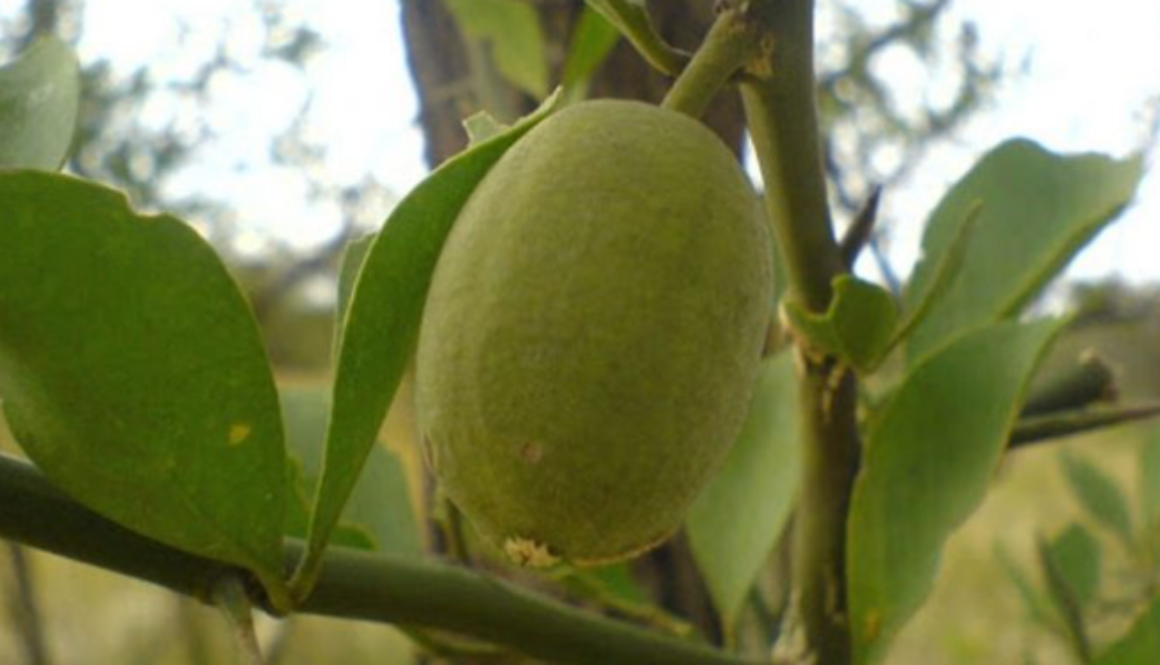Hingotia
Common in open sandy plains with impeded soil and scrub forests especially in desert. It is a small spiny evergreen tree. Leaves are bi-foliolate and palmate compound. Flowers are greenish white in dense axillary cymes. Fruit is a stony drupe with a bitter pulp of unpleasant odour. It has a single oily seed. Flowering and fruiting in December-July.
Part used: Whole plant
Usage: The unripe fruits, bark, leaves and seeds possess anthelmintic and purgative properties. The seed kernel oil is effective in skin diseases, burns, cuts and wounds and in the treatment of leprosy. Seed endosperm cures dry cough, stomach ache and cataract. Fruit pulp is useful in skin diseases, leukoderma and cough. Dry powder of the mature fruit is used to prevent pregnancy. Root paste applied externally cures guinea worm. Roots and fruits have ‘Diosgenin’ widely used for production of steroid and oral contraceptives.
Agrotechniques : No specific Agrotechniques are available because its gregarious populations from root suckers are abundant in Rajasthan.

